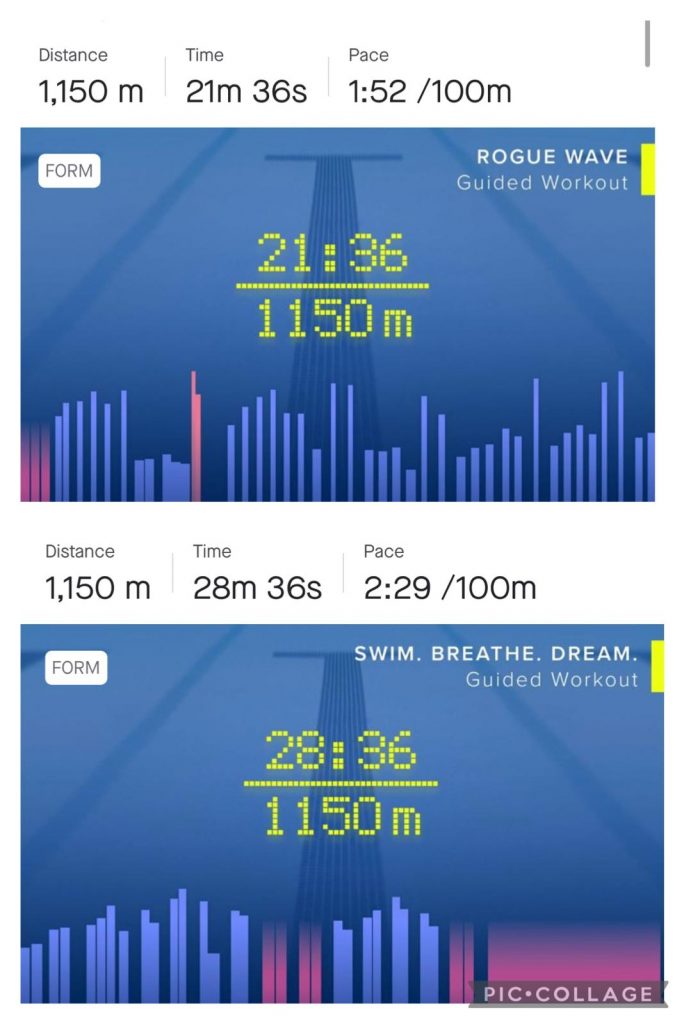Practice independently while playing in an orchestra
Skip forward to my late 40s both body and brain now understand how swimming works in relation to biomechanics and physics, how we can slip through the water rather than work against it. Our incredible bodies can work as a cohesive integrated whole, allowing for impressive almost effortless power, rather than a using our body in a way that works as separate independent parts that often work against each other.
Twelve years of teaching I have shared my knowledge to over 1800 pupils at school, my colleagues and the adults I teach, challenging the status quo and a more traditional, conventional way of thinking about swimming.
Prioritising balance, streamline and integrated body movements and weight shifts to move effortlessly through the water before adding any misguided attempts at power or speed. Effort that can often be lost rather than resulting in forward motion.
Next we learn how to shape and move our body in a way that doesn’t immediately cause fatigue and take away the sense of calm and control we need to feel in water.
We have no concern over distance travelled, prioritising the quality of movement and the ability to stay calm and remain attentive. Movement through water applies physics and Laws of Motion so the priority is to make smarter choices. Distances build as swimmers learn how to repeat a pattern of breathing and non breathing strokes. The outcome being they increase the distance they can travel.
This is my watery bubble and the experiences of others are not always the same, where progress can be hard won and terminal mediocrity can be the experience.


Michael sharing his Form goggle results and improvement following his 1:1 adult coaching and the mindful practice of 2 technique focuses.
Once our swimming technique is in place, we progress by staying on the edge of our comfort zone where we can stay focused and challenge our level of skill. This is where the greatest growth happens.
Too often, competitive swimmers, triathletes and adults experience swim sets that are almost the opposite of these guiding principles, sets focus on working hard, kicking, pulling and the progress you have made and the feelings of swimming with ease are quickly lost.
As with the musician, a swimmer needs time to independently practice before joining and while training in a group. A group environment can be a lot of fun and motivational, but it doesn’t always guarantee the improvement you are capable of. So take the time to focus on your own improvement and if a group isn’t for you enjoy the pleasure of swimming and practicing on your own.

I was in a group session last night and swam really well when I least expected it. I held the rhythm of my lane and was able to comfortably change the gears between ‘easy’ and ‘harder’ swimming times I have aspired to for a long time. I’ve achieved my first goal to prove that I can swim relaxed at sub-2min/100m pace.
